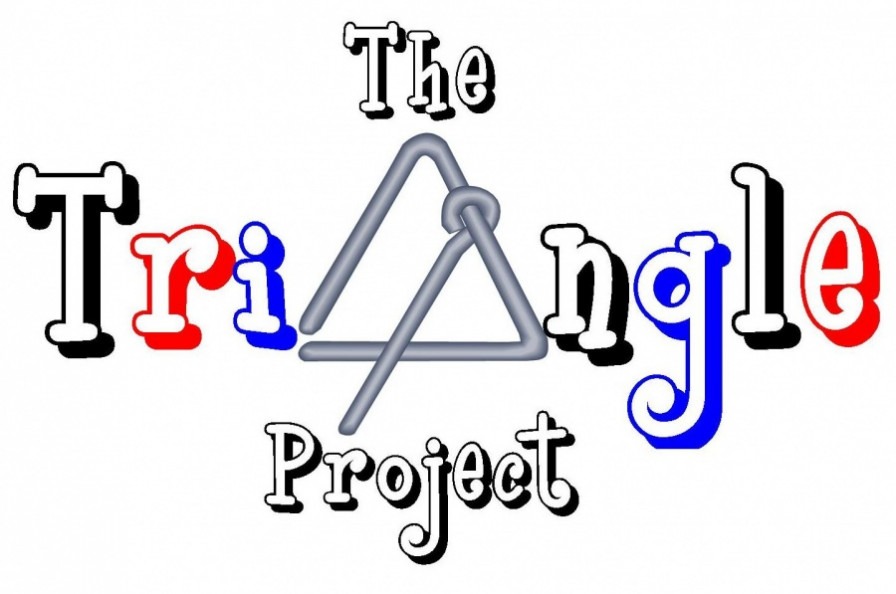It’s not that it’s this by Oliver Armstrong (Triangle Project Music Leader)

Sitting in a circle in a nursery, we begin to sing a song.
Sitting in a circle in a nursery, we begin to sing a song. Something about fruit, or fishing for wellington boots, or superheroes, or some other mundane yet wonderful thing. A staff member encourages a child to join in, the adults voice getting harder and harsher, encouragement moves to chiding, to exasperation, to a sigh and joke about how they never join in and “come on, sing what Olly’s telling you, SING”.
This is mostly well meant, I think, from a desire to see the child take part, to be seen to have a child respond, to have me know this one who is one of those in their care is compliant to the instructions I give.
A need to have an instant hit of clearly measurable impact and response is a dangerous thing.
It’s not about that. It’s about this. With music, craft, art, dance (or indeed anything really) we are not looking for a mimicking of us, a simply copying of what we are doing, I think we are looking to stir their souls. To look for flickers of joy, wonder, questions, and respond to them, drawing children deeper into the understanding they are creative beings and they can do marvellous things. We are not building robots.
Often I have staff or parents come and tell me their child, (the one who is so quiet in the music session, who has that serious face, who responds to the simplest of prompts with a frown and growl or shy turning away) sings the songs with gusto at home, spinning and kicking and dancing and roaring out the melodies to the songs we sing in nursery they seem to care so little about.
And here’s the thing, maybe they don’t like to sing in front of others, maybe the pressure of a group of kids and adults in one medium (or tiny) sized room is uncomfortable, maybe the joining in is not enjoyable for them.
I struggle at training/seminars/conferences I attend where there is a lot of interaction. When I am work running music sessions I am loud, I dance, I sing, I spin, I laugh, I look to model joy and exhilaration and a questioning heart in a visual way. But when I meet with others to learn I just want to sit, fairly quietly, making notes and digesting the information and wisdom poured out (or not). Forming ideas. Working out what I agree with and what I don’t and why I do and why I don’t and and and…. I feel the pressure.
I know it’s hard. I know for those of you reading who are early years staff that you have targets, charts, observations, stats stats stats pressure pressure pressure, sometimes someone above you looking at your work and encouraging you, but others of you have someone above you telling you how often you get it wrong and how you must show improvement.
And for those of who are music (or other art form) specialists, please do not mis-understand me, we want to model a seeking of excellence, we want to see (and feel) measurable responses in musical improvement, progress, singing on key, singing in time, singing with others, and all of this is all hard to do if, well, the kids don’t actually sing. We can look at the complexity of our material, the pitch of it, and our delivery, maybe the issue isn’t the child but it is ours. Maybe they don’t like my voice, maybe it grates, it’s too loud, maybe my dancing is too loud. There is always a chance my practice and delivery needs changing (it often does and I often do).
But if its simply a trade off between letting a child quietly be in the room, part of the group but with little or no outward visual responsiveness, and pushing a child, prompting and needling, telling them to join in because they ‘should’, because it’s the ‘right thing’, because I am an adult and they should ‘do what I say’. Well I know which choice has the greater scope to let the heart gracefully and gently flutter to the beat of its own accord. And its not the second one.
